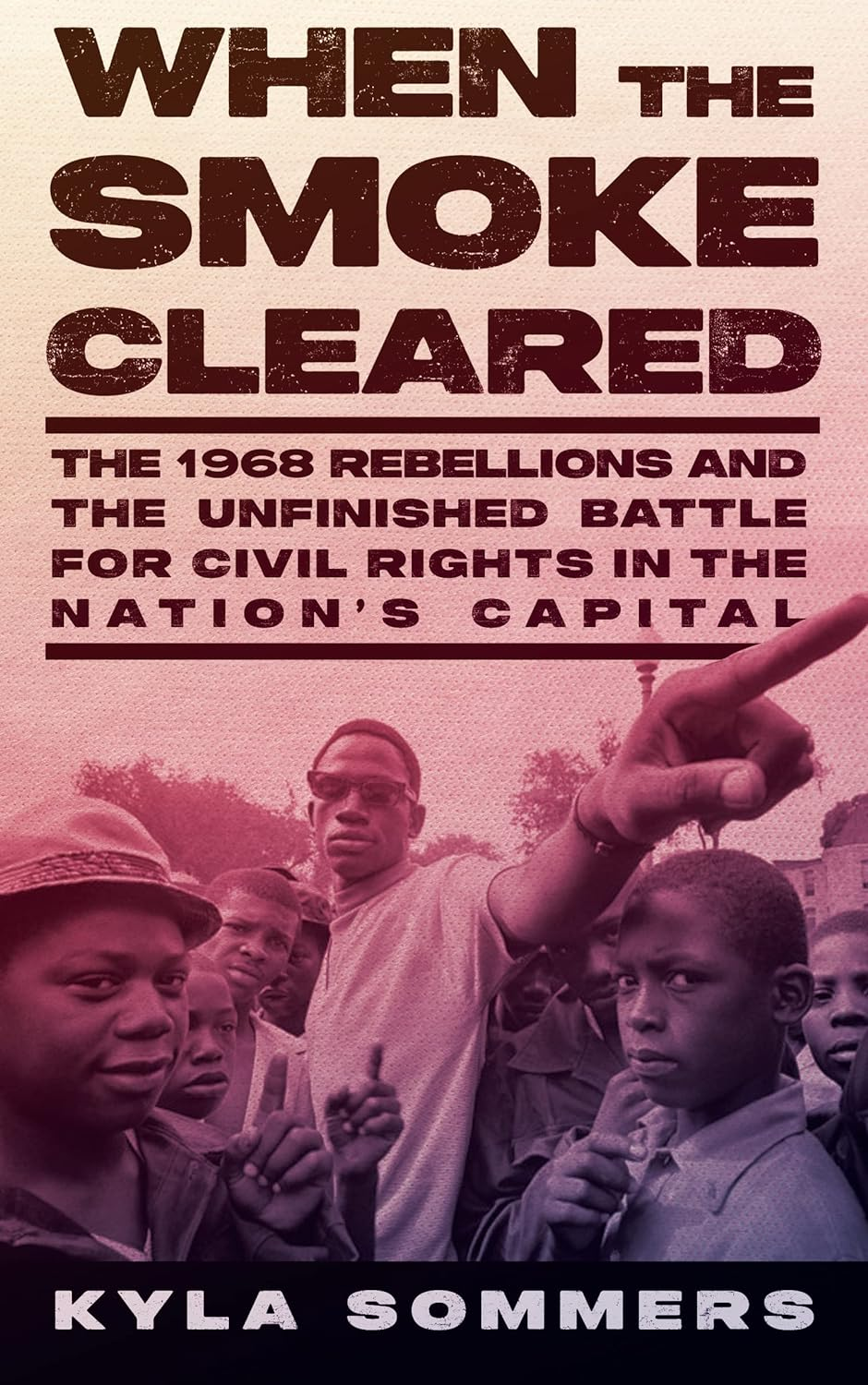Rev. Dr. Martin Luther King Jr.’s assassination on April 4, 1968, ignited centuries of grief and anger at American racism. An incalculable number of Black Americans took to the streets to protest this injustice in more than one hundred cities across the United States. The rebellions in Washington, DC, were the largest in the country. The capital endured $33 million in property damage ($238 million adjusted for inflation) and fifteen thousand federal troops occupied the District. Enraged crowds started more than one thousand fires. But what happened after the city stopped burning?
As the activist and future DC mayor Marion Barry declared at a DC City Council hearing in May 1968, the rebellions “created a vacuum and an opportunity.” Something would have to be done to reconstruct portions of DC, but it remained to be determined what would be rebuilt and whose interests would be served in the process. Would DC seize the chance to rectify the structural inequalities that motivated the uprisings?
Thousands of Washingtonians ambitiously grasped this “opportunity” to rebuild the capital as a more just society that would protect and foster Black political and economic power. The majority-Black city’s populace aided their communities during the uprisings and responded with resiliency and determination in the aftermath. DC’s government, community groups, and citizens loosely agreed on a reconstruction process they believed would alleviate the social injustices that were the root causes of unrest.
The rebellions challenged the same powerful institutions that generations of moderate and militant Black activists had previously picketed, boycotted, and sued. Most often, people attacked the most accessible representations of white people’s power over Black communities: white-owned and/or -operated stores, commuter highways, and “occupying” police forces. Black Washingtonians had confronted these manifestations of white political power as they demanded freedom, economic opportunities, good education, accountable policing, voting rights, and political power for over a century. Even though the tactics used by protesters were different, the rebellions predominantly targeted the same groups that Black people had long pressured to change.
After the uprisings, Black Washingtonians and parts of the DC government emphasized the idea that the rebellions were the result of legitimate anger at systemic racism and the government’s failure to address it. Building on this understanding of the upheaval, DC leaders adopted an ambitious plan to resolve many of these long-standing inequities. The effort to rebuild DC seized upon the idea that the people who were most affected by government initiatives should have some control in how those programs were administered.
